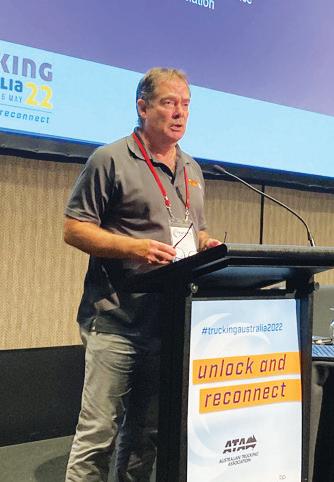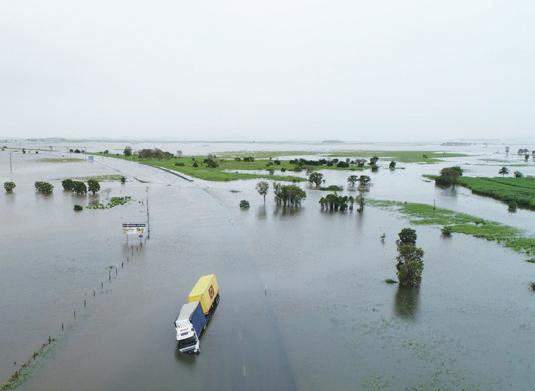
4 minute read
Push for an all-weather route around Australia
work in capital cities.”
Mahon stressed that the industry isn’t looking for flood-proofing fixes on every road.

“We’re asking for a posture to be taken to look at the investments necessary to have a reliable and resilient all-weather corridor around Australia.” the problem worse over time.”
In June last year, Infrastructure Australia (IA) kicked of the first stages of a regional road and rail freight corridor resilience probe that initially gave the impression Canberra might be finally on the same page.
IA also called for agencies to develop a coordinated approach to diagnosing and addressing the problem.
“This work should be informed by the Bureau of Infrastructure and Transport Research Economics (BITRE) who is leading a review into road and rail supply chain resilience to identify critical supply chains.”
BY JAMES GRAHAM
A CONTINUATION of crippling weather events around Australia has added further weight to long-running calls from trucking bosses for a national all-weather freight route.
Queensland Trucking Association CEO Gary Mahon – one of the most vocal on this issue of late in mainstream media – is frustrated that more isn’t being done to avoid the costly delays and many supply-chain issues from summer flooding.
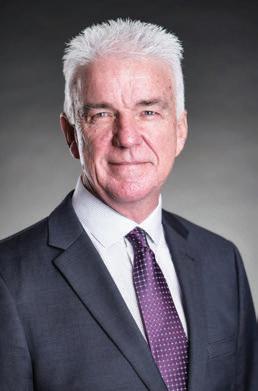
In his state alone, dozens of trucks were left stranded between Mackay and Bowen last month with the busy Bruce Highway again closed in several places due to surface water. Further west, the situation was just as dire with WA copping a drenching so bad, at the time of writing truckies are still forced to take a 6000km detour in and out of the Kimberley.
“There is plenty of enthusiasm to spend big amounts of money on tunnels underneath capital cities, what we’re asking for is to increase some budgets on the regional network, so that we at least have one reliable, resilient corridor around Australia,” said Mahon.
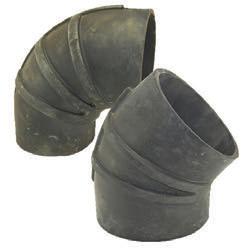
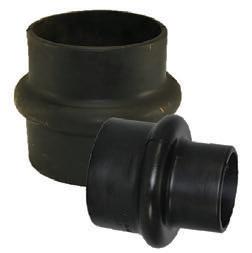
“In 2023, we should be able to say we can haul big freight anywhere in Australia regardless of the weather.
“Saying things are not possible is a question of ambition and purpose. It’s a matter of adding some budget so a bridge is a metre higher, or there’s a bigger investment in particular floodways, just the same as they do for significant and expensive
“Recent bushfires, storms, floods, cyclones and coastal erosion events have shown the importance of building infrastructure resilience to safeguard communities, ecosystems and the economy,” it declared on its website.
“Road and rail freight corridor closures is a nationally significant problem that has economic, social and equity impacts that predominantly affect regional and remote communities. Climate change is expected to increase the frequency and duration that NLTN corridors are closed and make the cumulative effects of
According to its website, BITRE says the review will identify the supply chains that are most critical to Australian communities and businesses, the risks they face, and a stocktake of any work underway to mitigate risks.
“This work will help to inform action by government on how to effectively and efficiently mitigate risks in supply chains for the benefit of all Australians.”
The review - first commissioned by the then Deputy Prime Minister Barnaby Joyce in March 2022 - was supposed to be finished by December.
But BITRE told Big Rigs that although completed, the final draft is still undergoing review and “there isn’t a public release date at this time”.
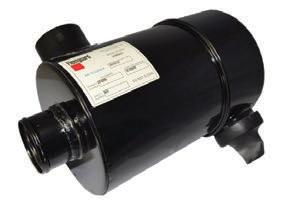

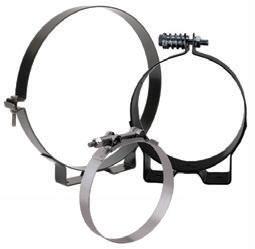
A spokeswoman for Infrastructure and Minister Catherine King said building more resilient roads is a feature of the response from the federal government to the impacts of the floods.
She also pointed out that the last budget announced “significant” funding, including the $1.5 billion Nationwide Freight Highway Upgrade Program.
Cam Dumesny, Perth-based CEO at the Western Roads Federation (WRF), believes that the glacial progress on an all-weather solution to on-going supply chain issues comes down to a lack of vision at the top, and political factors, including the fact that there isn’t a single marginal electoral seat in regional Australia.
“Infrastructure investment follows marginal seats, not freight need, and we have effectively neglected our regions for decades,” said Dumesny.
“Number two, business cases on the Infrastructure Australia model essentially suit large metropolitan cities; they’re basically inherently biased against regional freight.
“One, because they don’t have the resources to prepare the business cases, and they don’t consider things like supressed economic activity.”
But Dumesny points out that when former US President Dwight D. Eisenhower created his country’s interstate road network in the 1950s, it added 6 per cent to the US GDP.
Dumesny believes Australia also needs reliable freight routes for strategic needs.


“One of our biggest strategic air force bases is in Derby and we can’t supply it. We’ve got two sealed roads across a continent the size of Europe. It’s farcical.”
Aside from the on-going advocacy for all-weather freight routes – a campaign that Dumesny and his NT counterpart Louise Bilato have championed for a number of years – the WRF is also calling for total sealing of the Outback Way, which connects WA with Queensland through Alice Springs, and the Tanami Highway.
“You can seal those collec- tively for around about $3 billion, which will open up a nation, versus the $150 billion to build a railway line around the outer ring of Melbourne.
“We need a national leader with vision to open up the nation.”
Mahon also believes that when big amounts of money are being invested in key freight routes, all steps are being taken to ensure they are resilient to all weather.
“It is not acceptable in this day and age to say ‘Oh well, every other year you might be cut off for a few days’.
“We spend the money now to raise it to the level that’s necessary.”



In a recent statement, Queensland Transport Minister Mark Bailey said he believed
